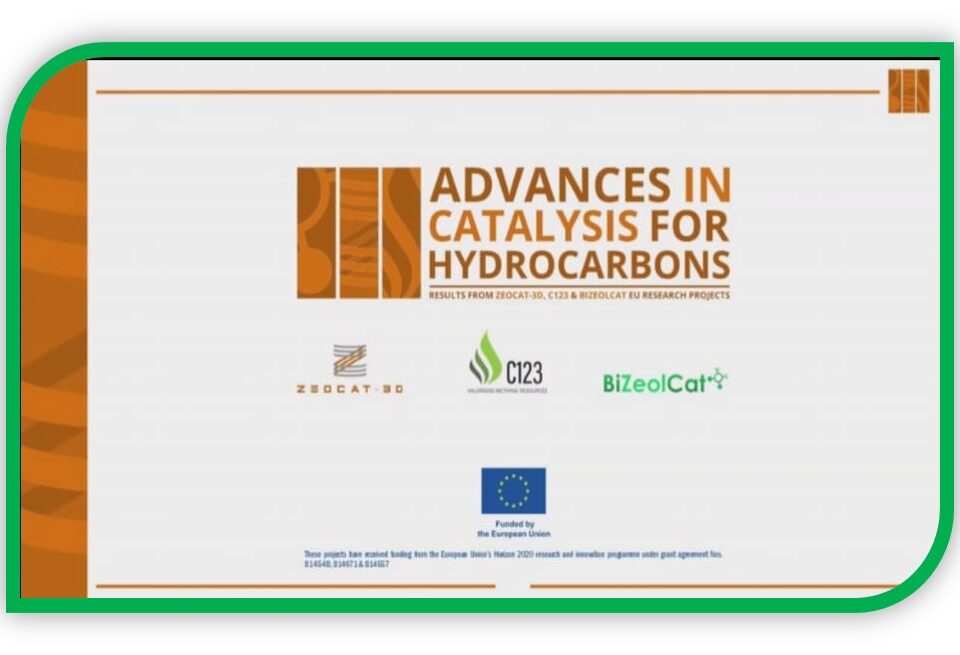- Have any questions?
- info@bizeolcat.eu

First-Principles-Based Multiscale Modelling of Nonoxidative Butane Dehydrogenation on Cr2O3(0001)
December 10, 2020
World Online Conference on Sustainable Technology (WOSCT 2021)
March 17, 2021BIZEOLCAT informs: from gas flaring to valuable chemicals: how?

In the previous post of Bizeolcat informs the role of gas flaring as primary resources for producing valuable chemicals has been introduced as an important step to reduce the carbon footprint of refineries and to underpin the development of a related circular economy.
Let’s try now, to go a step forward in understanding how the flare gas, constituted by a mix of gaseous compounds – called light alkanes– can be transformed in the desired chemicals.
You may find plenty of information about the nature of lights alkanes on the web, books, papers, but they are often very specialistic for being proposed to a wider audience. However, without going in-depth in heavy chemistry lessons, it is possible to make some effort to keep in mind the main features of such compounds and to understand why they are precursors of other chemicals.
The first point is that light alkanes are compounds made of hydrogen and carbon: only 2 types of atoms. They a part of the big family of compounds called hydrocarbons.
In general, every atom can bind other atoms, but not in an infinite number: we might say that each atom has preferred/maximum number of bonds it tends to establish with others, according to its characteristics. In the case of hydrogen, the number is 1 bond; in the case of carbon, the number is 4 bonds. This is a general rule for these atoms, there are exceptions, but, for our scopes, it is not important to look at those exceptions now.
With this premise, the simpler alkane compound is formed by 1 Carbon + 4 Hydrogens: we call it methane. Then, ethane is obtained from methane where hydrogen was substituted with carbon, that still wants to form 4 bonds, thus it calls for 3 hydrogens more. With the same principle, we can design propane and butane structure. As you notice, in every compound each carbon forms 4 bonds and each hydrogen 1bond.

Such C-H bonds have a high content of energy: this is intuitive looking at the flaring flame, where C-H burns with oxygen and is transformed into carbon dioxide and water, the product of alkanes combustion.
However, we anticipated they can also be used to obtain other C and H based compounds, called alkenes or olefins. Which is the difference between alkanes and alkenes?
Alkenes have two carbon atoms in the molecular structure linked by a double bond to satisfy the absence of two hydrogen atoms that are present in the corresponding alkanes.
This double bond is possible starting from ethane that becomes ethene losing 2 hydrogens; or, starting from propane to become propene.
The presence of the double bond gives to alkene the important properties of being broken to attach longer CH chains, which give the basis of polymerization. This is why they are so important as building block materials for many products, including plastics, detergents and adhesives.
It is now clear that if we want to obtain alkenes, we need to dehydrogenize alkanes. This is not easy, we need a lot of energy to promote this structural change in the alkanes. Indeed, dehydrogenation is an endothermic reaction: heat has to be furnished to promote the change, thus, the process is favoured at high temperatures and low pressure. However, heat only is not enough to make the transformation affordable: we need the help of substances called catalysts.
Catalysts promoting dehydrogenation are usually metal-based compounds which help in making occur dehydrogenation al lower temperature, allowing for a less costly process in term of energy requiriments. Moreover, in Bizeolcat, this process engineering will be innovated, involving membrane reactor to extract pure hydrogen, drive the reaction forward and further lower the working temperature.
The role of the catalysts and membrane reactors will be investigated further in the next Bizeolcat informs. At moment, just keep in mind that alkanes dehydrogenation reactions involve the breaking of two carbon-hydrogen bonds with the simultaneous formation of a hydrogen molecule and of a molecule containing a carbon-carbon double bond, which usually represents the desired olefin.

